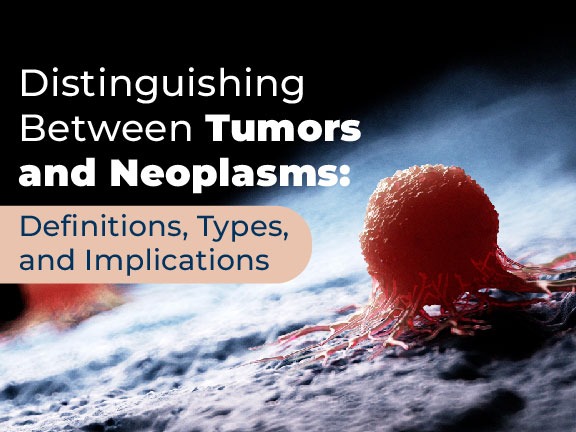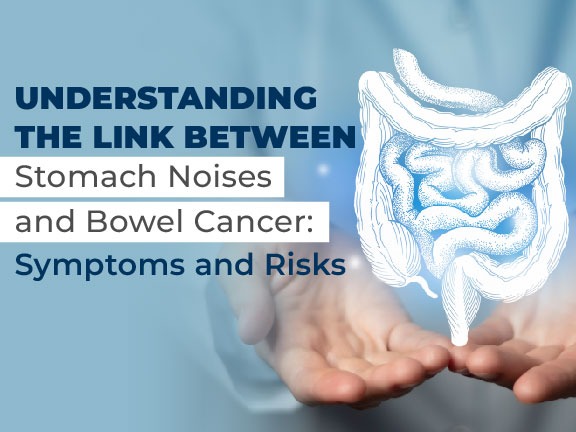What to Expect After Radiation Treatment for Prostate Cancer? Many patients wonder what to expect after receiving radiation treatment for prostate cancer. It is the most widely used method of treatment regardless of the cancer’s stage. Radiation therapy can be followed by a radical prostatectomy, which removes the prostate gland and nearby lymph nodes.
Prostate cancer is the most diagnosed solid tumor type among men. In the early stages of
prostate cancer, indolent cases without major symptoms will receive active
surveillance and watchful waiting to observe how the disease progresses. If the
cancer spreads outside of the prostate gland, other treatment options are
considered, the first of which being radiation.
What are the types of Radiation Therapy Used for Prostate Cancer?
Radiation therapy for prostate cancer can be divided into two main categories.
External beam radiation (EBRT):
Using a machine outside the body, beams of radiation are focused on the
prostate gland. This can help relieve symptoms such as pain while limiting the
damage to the tissues surrounding the prostate.
The 4 methods of external beam radiation are:
- Three-dimensional conformal radiation
therapy (3D-CRT) - Intensity modulated radiation therapy
(IMRT) - Stereotactic body radiation therapy (SBRT)
- Proton beam radiation therapy
Brachytherapy (internal radiation):
Small radioactive pellets are inserted into the prostate, each one about the
size of a grain of rice. About 100 pellets are used to limit the damage to
surrounding tissues and organs. Brachytherapy is most often used for
early-stage cases and is sometimes combined with EBRT. The pellets can either
be inserted for a couple of days for high dosages or a few months for low
dosage depending on the patient’s overall status.
What to Expect After Radiation
Treatment for Prostate Cancer?
After receiving brachytherapy, if you receive pellets that give off radiation over
the span of a couple months, you will need a doctor’s note to travel,
as some detection systems will be alerted. It is also recommended to avoid
direct contact with pregnant women and small children, even though the
radiation does not travel far from the prostate.
Some patients treated with EBRT can experience lymphedema when a buildup of fluid
over time in the legs or genital region causes pain and swelling. Some cases
may not go away over time, but most are treated with physical therapy. The
radiation causes damage to the lymph nodes, blocking fluid from returning to
the heart.
Both types of radiation have several shared side effects associated with the treatment
including:
- Fatigue: The most common side effect from any type of radiation therapy. This can last for weeks or months following treatment.
- Bowel problems: The rectum can be irritated resulting in pain, burning, diarrhea, and bleeding in some cases, although serious complications are not common. A special diet might be recommended to limit bowel movements and reduce irritation.
- Erection problems: Occurs more in older men receiving radiation treatment than younger patients. Problems often do not occur right away and can take years to develop. Erection problems also occur in those who receive surgery rather than radiation, although problems from surgery are usually noticed right away rather than a few years later.
- Urinary problems: Most symptoms are minor and go away over time, although for some patients the problems may persist. Even though they are not as common as the other side effects, men can experience a variety of issues such as:
- Urinary frequency
- Irritated urethra in the weeks following
treatment - Burning/bleeding during urination
- Urinary incontinence and urgency
Sources:












